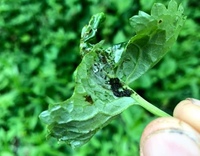
| Recorded by: Tim Herman on 2024-05-20
Mitchell Co.
Comment: | 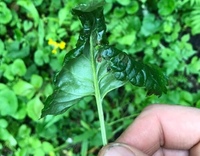
| Recorded by: Tim Herman on 2024-05-20
Mitchell Co.
Comment: |
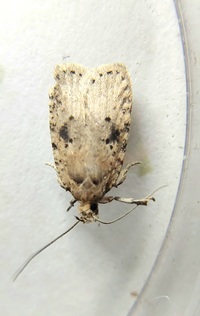
| Recorded by: Mark Basinger on 2024-05-13
Buncombe Co.
Comment: | 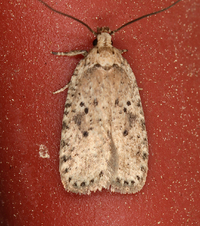
| Recorded by: Jim Petranka on 2023-05-29
Madison Co.
Comment: |

| Recorded by: Jim Petranka and Becky Elkin on 2023-04-29
Mitchell Co.
Comment: | 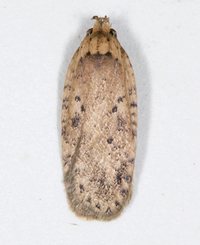
| Recorded by: Jim Petranka on 2022-06-19
Madison Co.
Comment: A reared adult from Packera aurea. |
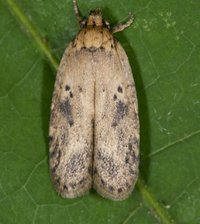
| Recorded by: Jim Petranka on 2022-06-12
Madison Co.
Comment: A reared adult from Packera aurea. | 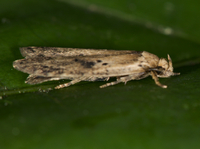
| Recorded by: Jim Petranka on 2022-06-12
Madison Co.
Comment: A reared adult from Packera aurea. |

| Recorded by: Jim Petranka on 2022-06-10
Buncombe Co.
Comment: A reared adult from Packera aurea. | 
| Recorded by: Jim Petranka on 2022-06-10
Buncombe Co.
Comment: A reared adult from Packera aurea. |
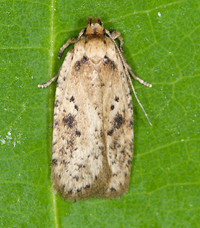
| Recorded by: Jim Petranka on 2022-06-08
Buncombe Co.
Comment: A reared adult from Packera aurea. | 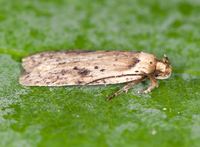
| Recorded by: Jim Petranka on 2022-06-08
Buncombe Co.
Comment: A reared adult from Packera aurea. |

| Recorded by: Jim Petranka on 2022-06-06
Madison Co.
Comment: An adult that was reared from a rolled leaf on Packera aurea. Fold collected on May 14; adult emerged on June 6. | 
| Recorded by: Jim Petranka and Becky Elkin on 2022-05-18
Buncombe Co.
Comment: |
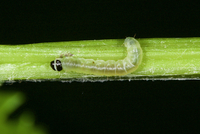
| Recorded by: Jim Petranka and Becky Elkin on 2022-05-18
Buncombe Co.
Comment: | 
| Recorded by: Jim Petranka on 2022-05-15
Madison Co.
Comment: Three examples of rolled leaves on Packera aurea. |
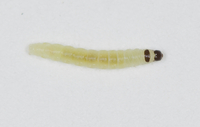
| Recorded by: Jim Petranka on 2022-05-15
Madison Co.
Comment: An early instar larva. | 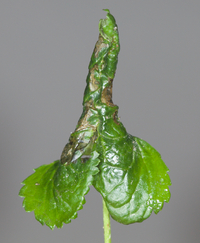
| Recorded by: Jim Petranka on 2022-05-14
Buncombe Co.
Comment: Rolled leaves with larvae were common on Packera aurea at this site. |

| Recorded by: Jim Petranka on 2022-05-14
Buncombe Co.
Comment: A larva that was removed from a leaf roll. | 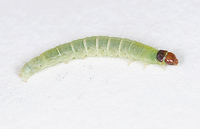
| Recorded by: Jim Petranka on 2022-05-14
Buncombe Co.
Comment: A larva that was removed from a leaf roll. |
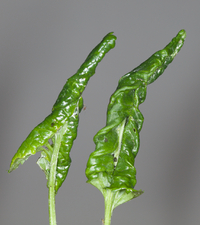
| Recorded by: Jim Petranka on 2022-05-14
Buncombe Co.
Comment: Rolled leaves with larvae were common on Packera aurea. | 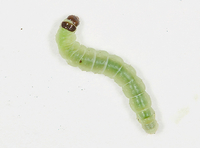
| Recorded by: Jim Petranka on 2022-05-14
Buncombe Co.
Comment: A larva that was removed from a leaf roll. |

| Recorded by: Jim Petranka on 2022-05-14
Yancey Co.
Comment: A larva that was removed from a leaf roll. | 
| Recorded by: Jim Petranka on 2022-05-14
Yancey Co.
Comment: Rolled leaves with larvae were common on Packera aurea. |
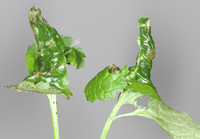
| Recorded by: Jim Petranka and Becky Elkin on 2022-05-13
Madison Co.
Comment: Rolled leaves with larvae were common on Packera aurea. | 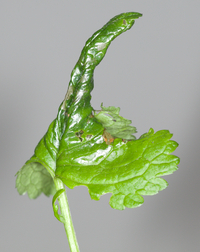
| Recorded by: Jim Petranka and Becky Elkin on 2022-05-13
Madison Co.
Comment: Rolled leaves with larvae were common on Packera aurea. |
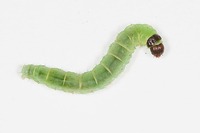
| Recorded by: Jim Petranka and Becky Elkin on 2022-05-13
Madison Co.
Comment: A larva that was removed from a leaf roll. | 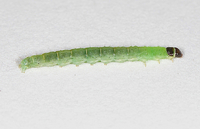
| Recorded by: Jim Petranka and Becky Elkin on 2022-05-13
Madison Co.
Comment: Leaf rolls with greenish larvae were found on Packera aurea. |
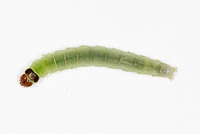
| Recorded by: Jim Petranka on 2022-05-13
Madison Co.
Comment: A larva that was removed from a leaf roll. | 
| Recorded by: Jim Petranka on 2022-05-13
Madison Co.
Comment: A larva that was removed from a leaf roll. |
|

 »
»




























